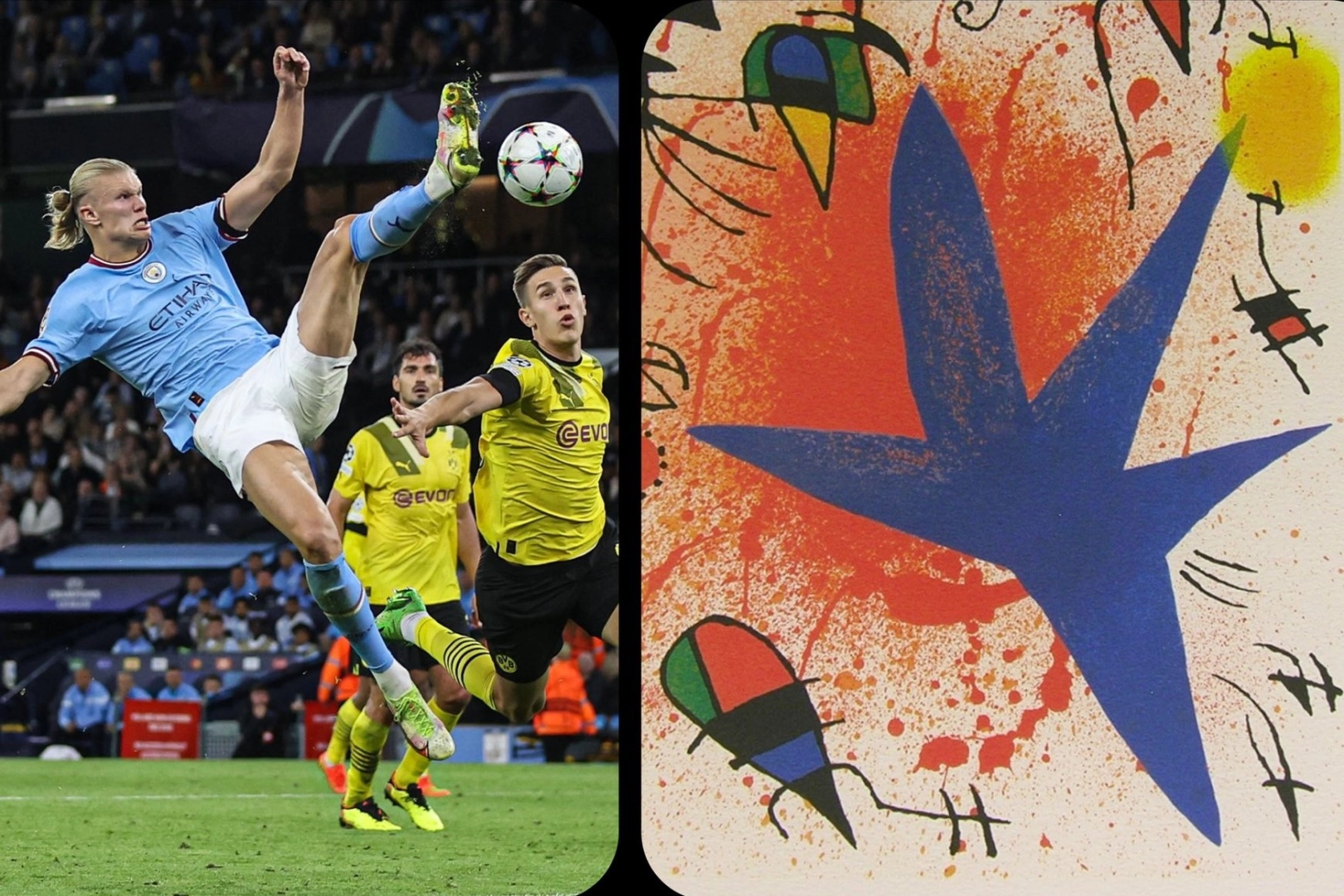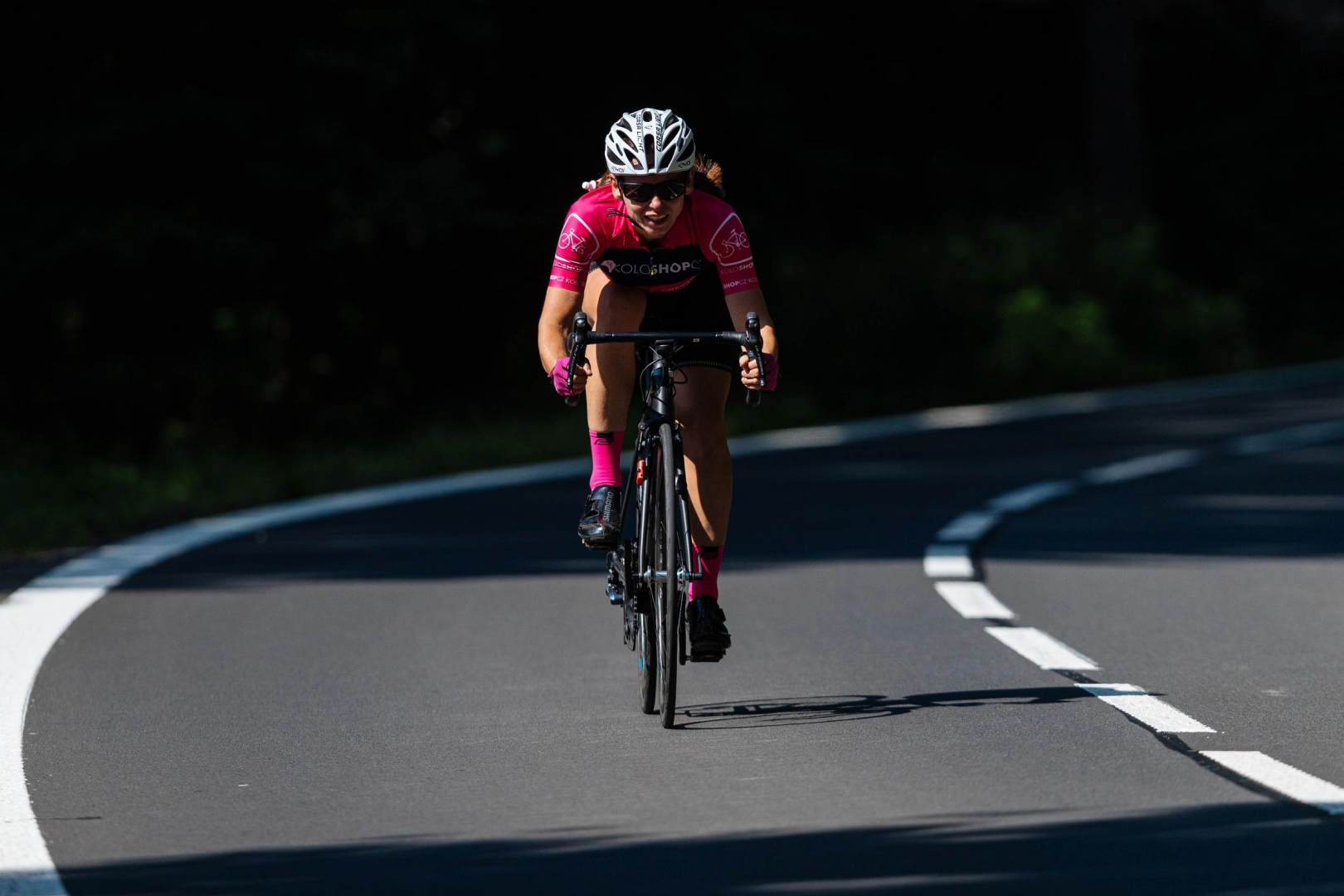What connects Nike of Samothrace to basketball? You can find out on Instagram or Twitter. The account ArtButMakeItSports attracts sports fans in a non-traditional way – by teaching them about art through the way of sports.
Sports memes shared by tens of thousands of followers across social media challenge the stereotypical idea that sport and art don’t go together.
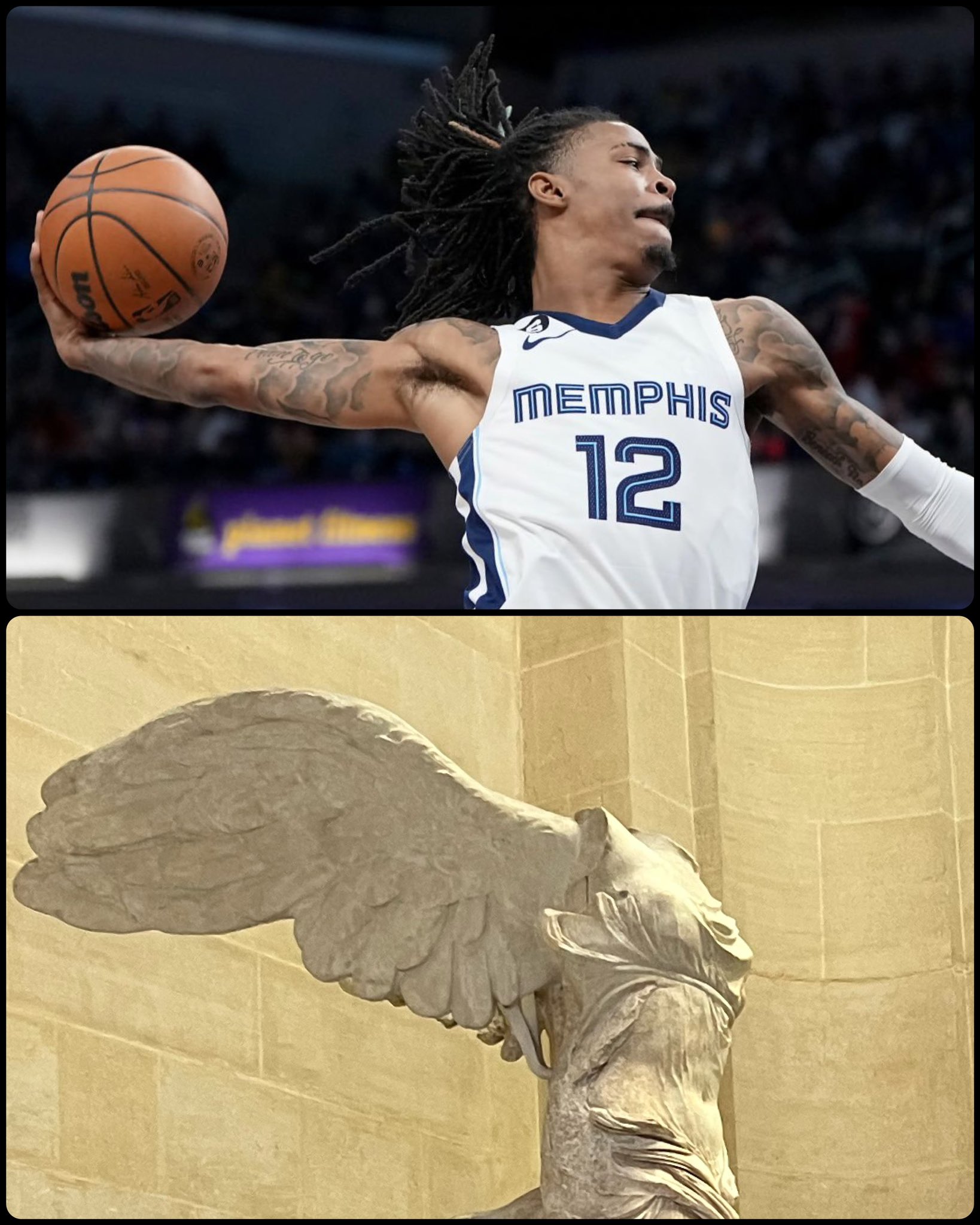
It all started before the pandemic as an innocent joke made by a young American. He started posting photos of sports matches on his Twitter and Instagram accounts, which in itself wouldn't have been that interesting if he hadn't always paired the photos with photos of artwork. LJ Rader, as the thirty-two-year-old man is called, does just that - he juxtaposes images of sporting events and the world of art and combines the two into one.
The following of his personal account and the positive reaction of his friends during the covid pandemic made him decide to dedicate a separate space to his hobby, by starting a Twitter and Instagram page called ArtButMakeItSports. Its bio carries the headline: 'We turn Art into Sports (and vice versa)'. Today, this Twitter page has almost one hundred and six thousand followers and scores points not only with sports fans but also with art connoisseurs.
The joke often comes about as a side effect of the meeting of sport and art. LJ Rader entertains audiences with surprising intersections of sport and art without slipping into superficial analogies aiming to entertain the masses. A favourite motif often used in his post is Renaissance paintings of pietàs depicting the mourning of the crucified Christ. Other times the creator uses themes of the Stations of the Cross or other themes from Christian iconography. He also draws from the heaping treasure trove of modern and contemporary art.
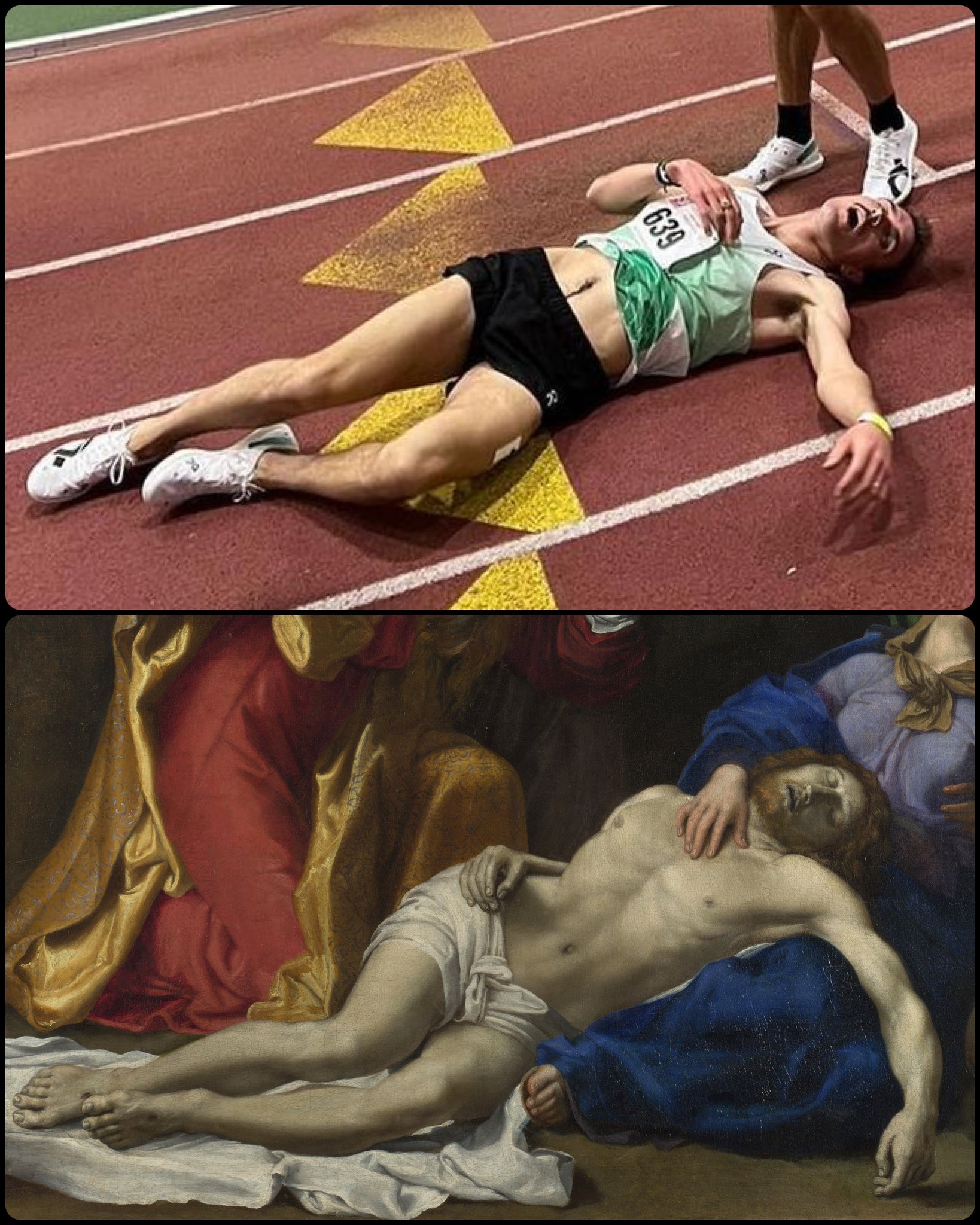
One of his posts compares the hairstyle of an athlete with the famous work of the Japanese artist Hokusai, and another places the acrobatic stunt of a rugby player side-by-side with Keith Haring’s exuberant paintings. After last year's Football World Cup, Rader scored points with football fans by juxtaposing a painting, The Veterans, by American painter Richard Creifelds and a photo of the two current "kings" of the football world, Lionel Messi and Cristiano Ronaldo, playing chess together, taken by acclaimed photographer Annie Leibovitz.
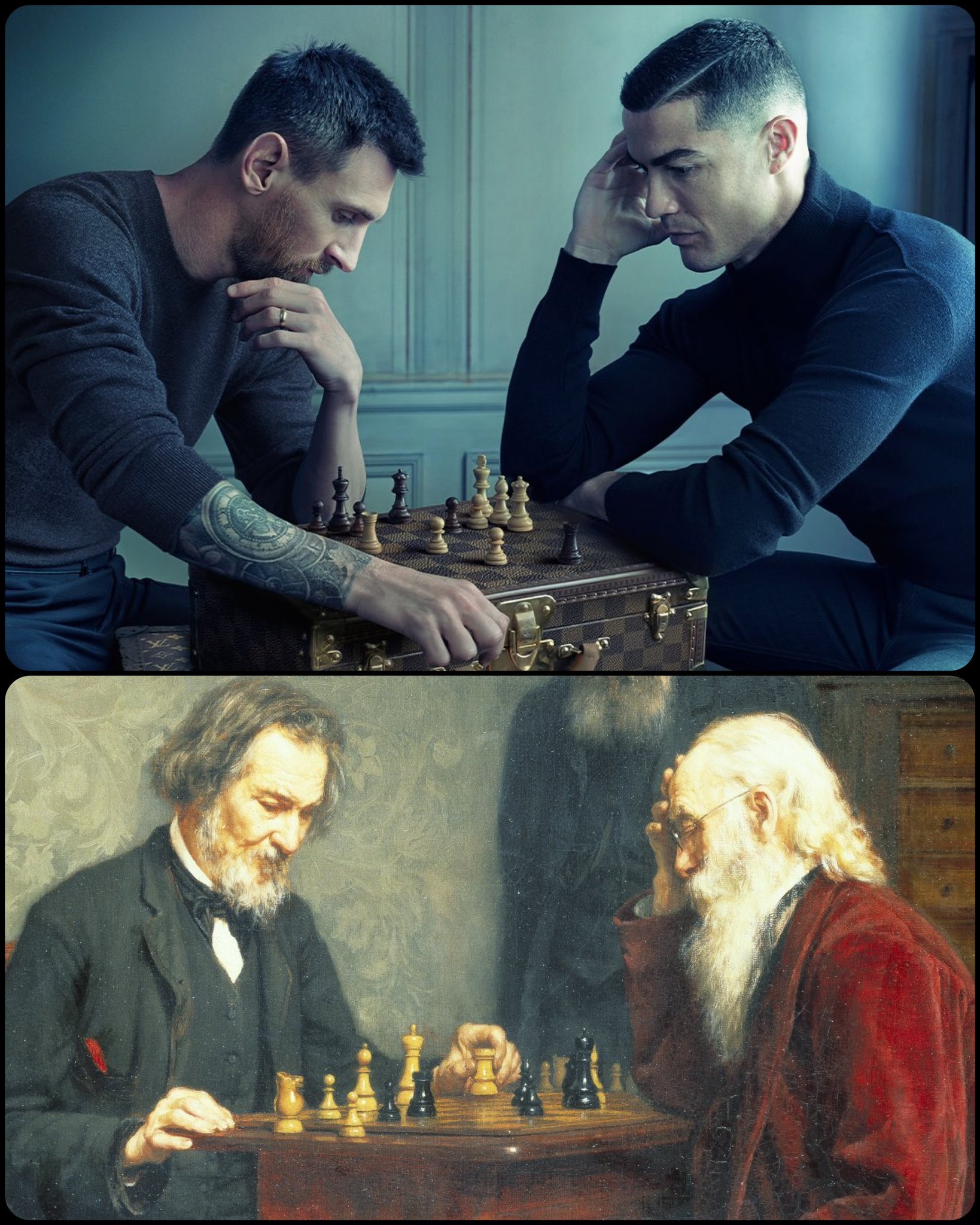
Rader selects artworks according to how closely they correspond to a particular moment in a sports event that has stuck in his mind. This may be a comparison of two images in terms of a direct visual match in a particular detail or overall configuration of the image, or the comparison may be based on a story that frames the dramatic scene of the sport in question. At other times, the match is less obvious and relates to the emotional subtext of the situation. Here we can mention, for example, a post in which Rader used a photograph of tennis player Serena Williams from her last match at the US Open, which was her farewell to her sporting career, and placed it next to a photograph of an art installation created by artist Yayoi Kusama.

LJ Rader just has a good drive. Given his refined visual sense, you would guess that he is an artist or art student who enjoys posting on social media. And you would be wrong because it is only partially true. Rader was born in Westchester, New York, and after graduating from university, he started working at sports data companies. However, he was always drawn to the arts. As a teenager, he seriously considered studying art, though he abandoned this plan when his pragmatic-minded parents told him that art would not be enough to make a living. He took several art courses as part of his studies, however, so he's not a complete novice when it comes to visual theory and art history.
It's important to mention that many of the photographs of the artworks Rader uses are photos from his phone, taken in museums and galleries around the world during his frequent business trips. He has roughly five thousand photos on his phone, and when he couldn't travel during the pandemic because most galleries and museums were closed, he used open-source images instead.
One of the reasons why Rader's sports memes are so popular is the fact that they have not been lost amidst the "visual overload" of social networks, which is due to the creative potential of the author. Rader started his posts, among other things, as a reaction to the same old recycled memes which bring nothing fresh, only boredom. Proof that he has struck the feelings of like-minded people is, for example, this response: “I just want to say that this account is a true peak of this year, which would be trash otherwise. Thanks for sharing your wit, creativity and comments."
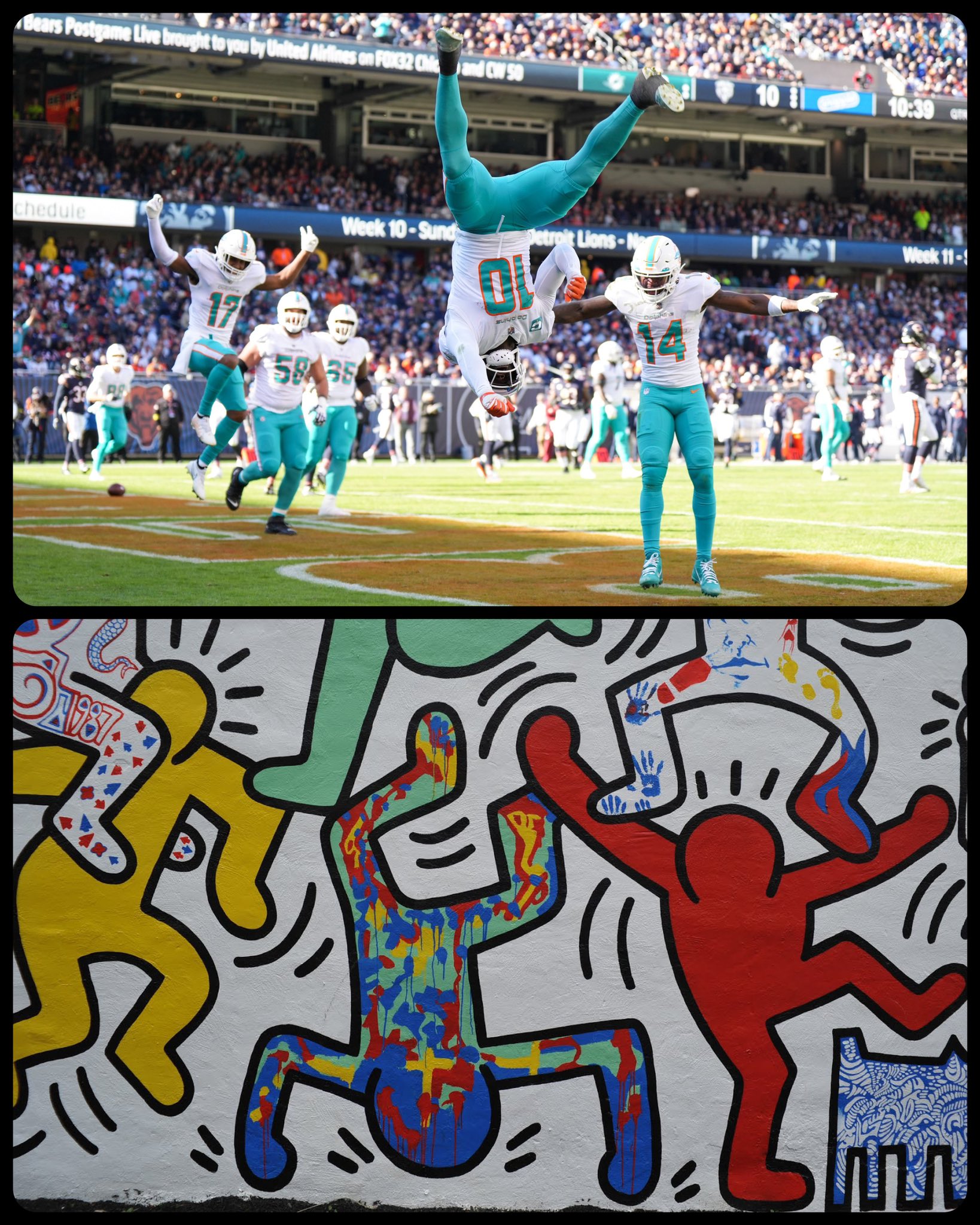
The ArtButMakeItSports account does not receive exclusively positive reactions. For example, some haters accuse Rader of unjustifiably comparing some athletes to Jesus, which is related to the aforementioned use of Christian imagery.
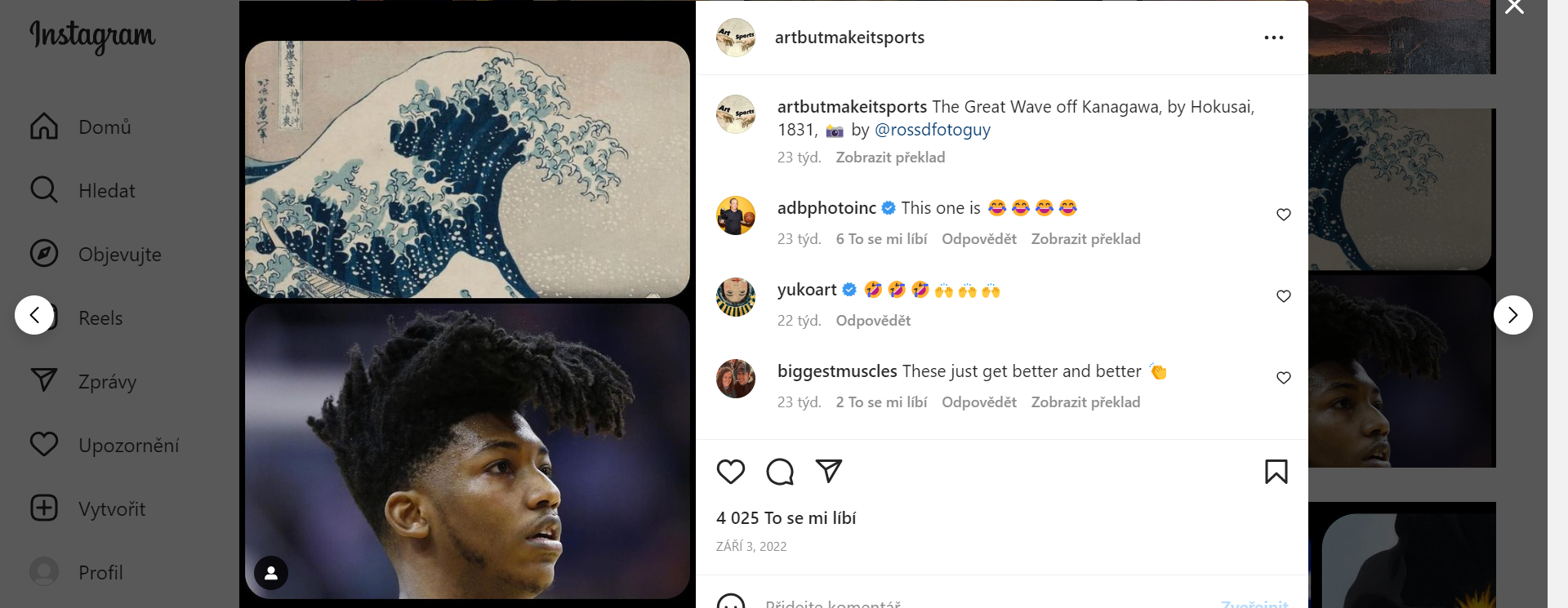
People’s reactions vary, depending on whether they are heavy sports fans without education and knowledge of art history or art world insiders who have the needing “know-how” in this field. But Rader’s memes prove that even this statement is an outdated cliché. What is most interesting about his actions is that he often leads the most die-hard sports fans to the world of art without any suffering. And, judging by the comments on social media, they enjoy it immensely.
The same goes for art fans who don't understand sports at all. For them too, L.J. Rader serves as a kind of "ferryman". And so the boundaries between the two seemingly impenetrable worlds are becoming more and more blurred.
.jpg)
